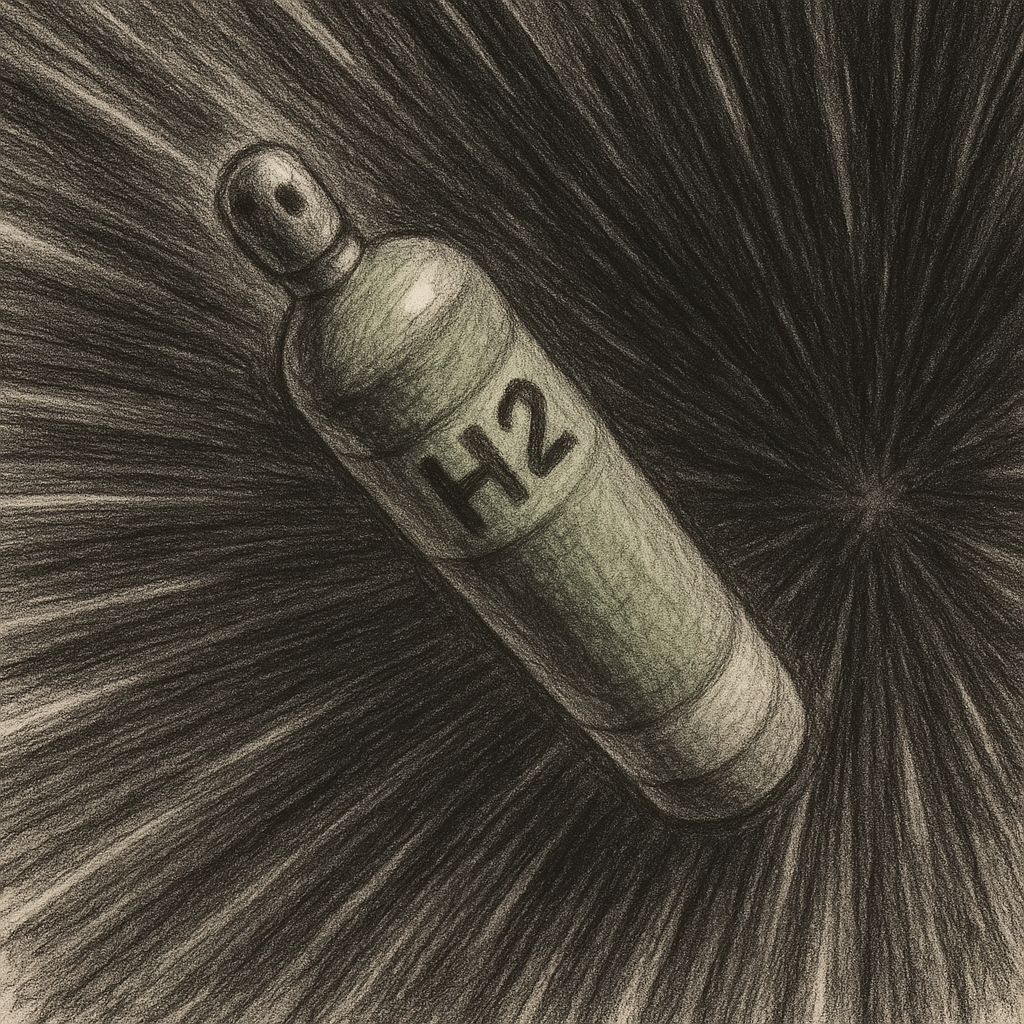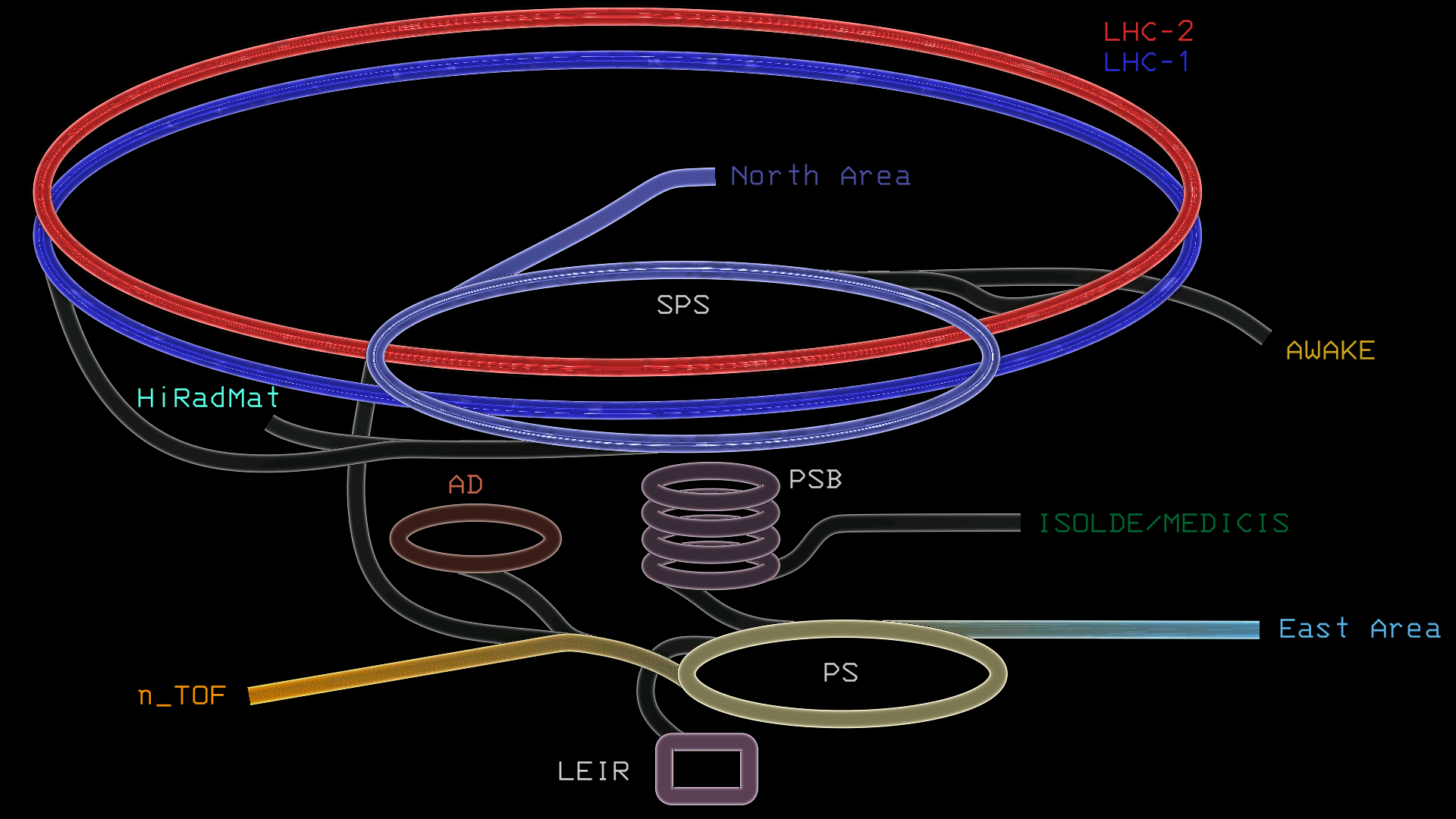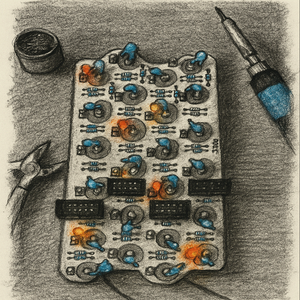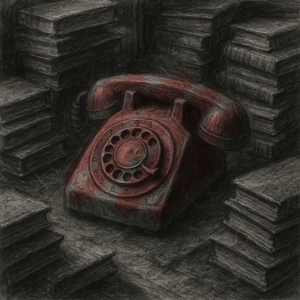At the heart of modern physics lies a profound endeavor: to understand the fundamental constituents of matter and the forces that govern their interactions. At the European Organization for Nuclear Research, known as CERN, this quest is pursued with an instrument of unparalleled scale and power: the Large Hadron Collider (LHC). Yet, the LHC is not a standalone machine; it is the final destination in an intricate complex of accelerators, each playing a critical role in preparing particles for their ultimate, high-energy collisions. The journey of a single proton through this complex is a story of staggering acceleration, extreme energies, and engineering marvels, a multi-stage relay race that pushes the boundaries of technology to bring particles from a state of rest to velocities infinitesimally close to the absolute speed limit of the universe. This narrative follows that proton, from its humble genesis to its climactic impact within the world’s most powerful scientific instrument.

Genesis of a Hadron
The epic journey of a particle destined for the LHC begins not in a flash of cosmic energy, but from a source as mundane as it is fundamental: a simple bottle of hydrogen gas (H₂). This choice grounds the extraordinary process that follows in the most abundant element in the universe. The first step is to create the raw material for acceleration. An electric field is applied to the hydrogen gas, which first breaks the diatomic molecules (H₂) into individual hydrogen atoms (H). A subsequent discharge then creates a plasma, a superheated state of matter where electrons are separated from their atomic nuclei.
At this crucial juncture, a remarkably clever technique is employed. Instead of immediately stripping the single electron from each hydrogen atom to create a bare proton (H⁺), physicists do the opposite: they add a second electron to create a negatively charged hydrogen ion, or H⁻. This process is facilitated by an ion source containing a cathode surface coated with caesium. Caesium has a low work function, meaning it gives up electrons easily, making it highly efficient at donating an extra electron to the hydrogen atoms in the plasma, thus forming the required H⁻ ions. These newly forged negative ions are then given their first gentle push, extracted from the source by an electric field that imparts an initial kinetic energy of 45 keV.
The decision to start with negative hydrogen ions rather than protons is a cornerstone of the entire accelerator complex’s high-performance design. It is a strategic choice that pays dividends at a later stage, specifically during injection into the first circular accelerator. The process, known as charge-exchange injection, solves a fundamental problem in accelerator physics: how to add new particles to a ring where a beam is already circulating without disturbing it. The incoming beam of negatively charged H⁻ ions can be steered onto a path that merges with the circulating beam. At the precise point of merging, both beams pass through an incredibly thin stripping foil, typically made of carbon. This foil is thick enough to easily strip the two loosely bound electrons from the incoming H⁻ ions but thin enough to have a negligible effect on the already-circulating high-energy protons.
The instant an H⁻ ion passes through the foil, it is transformed into a positively charged proton (H⁺). Having flipped its charge, it is no longer part of the incoming injection beam but is now a constituent of the main circulating beam, perfectly captured by the synchrotron’s magnetic field which is designed to bend positive particles. This elegant method allows for the continuous “stacking” of protons into the same area of phase space, enabling the creation of a far more intense and concentrated beam than would otherwise be possible. This initial, counterintuitive step of adding an electron only to remove it moments later is therefore not a superfluous complication but a foundational technique for achieving the high beam “brightness” that ultimately translates into a higher rate of collisions—or luminosity—in the LHC.
The First Sprint - Linear Accelerator 4 (Linac4)
Having been created and given their initial nudge, the 45 keV negative hydrogen ions (H⁻) enter the first true accelerator in the chain: Linear Accelerator 4, or Linac4. As its name implies, this machine accelerates particles in a straight line. The 86-metre-long apparatus is a sophisticated assembly of specialized accelerating structures known as radiofrequency (RF) cavities. Inside these cavities, powerful electric fields oscillate at high frequency (350 MHz). The H⁻ ions travel through a series of cylindrical conductors within these cavities. The system is timed with exquisite precision so that as a bunch of ions emerges from one conductor, the conductor behind it becomes negatively charged, repelling and “pushing” the bunch forward, while the conductor ahead becomes positively charged, attracting and “pulling” it. This sequence of coordinated pushes and pulls provides a rapid succession of energy kicks, propelling the ions to ever-higher speeds.
The acceleration in Linac4 is not monolithic but is achieved in carefully planned stages. The machine is composed of four distinct types of accelerating structures, each optimized for a specific energy range, to efficiently boost the ions from their injection energy to their final target energy. The commissioning of Linac4, which officially became the source of proton beams for the complex in 2020, illustrates this phased approach. The first beam was accelerated to 3 MeV in November 2013. A couple of years later, it reached 50 MeV, matching the energy of the machine it was built to replace, the venerable Linac2. By July 2016, it crossed the 100 MeV threshold, and on October 25, 2016, it successfully accelerated a beam to its full design energy for the first time.
Upon exiting Linac4, the H⁻ ions have reached the following parameters:
- Energy: A kinetic energy of 160 MeV (Mega-electron-volts).
- Speed: At 160 MeV, the ions are already moving at a significant fraction of the cosmic speed limit. Using the principles of special relativity, their velocity can be calculated to be approximately 52.6% of the speed of light, or c.
- Time: The entire journey through the 86-metre length of Linac4 is completed in a flash, taking only a few microseconds (μs).
The upgrade from the 50 MeV Linac2 to the 160 MeV Linac4 represents far more than a simple increase in starting energy. This tripling of the injection energy into the subsequent accelerator, the Proton Synchrotron Booster, yields a crucial “brightness” dividend. Beam brightness is a measure of the density of particles in the beam, and maximizing it is paramount for a collider. One of the primary limitations on brightness at low energies is the “space charge” effect—the mutual electrostatic repulsion of the positively charged protons in a bunch, which causes the beam to spread out, or “blow up”. By injecting particles at a much higher energy (160 MeV vs 50 MeV), the relativistic effects are stronger (the gamma factor, γ, is higher), which helps to counteract the repulsive forces. This suppression of space charge effects allows the Proton Synchrotron Booster to accumulate and accelerate up to twice the number of protons into a beam of the same quality and size (emittance). The Linac4 upgrade was therefore a strategic investment in the entire accelerator chain, a clear example of how improving the very first link has a compounding effect that directly enhances the discovery potential of the final link, the LHC, by enabling a higher luminosity.
The Booster Stage - The Proton Synchrotron Booster (PSB)
After their linear sprint, the 160 MeV H⁻ ions are handed over to the first circular accelerator in the chain, the Proton Synchrotron Booster (PSB). It is at this precise injection point that the charge-exchange mechanism is executed. The ions pass through the paper-thin carbon stripping foil, which effortlessly removes their two electrons, instantly transforming them into the protons that will continue the rest of the journey.
The PSB, which has been in service since 1972, possesses a unique architecture. It is not a single accelerator but four separate synchrotron rings, each with a circumference of 157 metres, stacked vertically one on top of the other. The beam from Linac4 is sliced up and distributed sequentially into each of these four rings. This design was a clever solution to the significant space-charge problems that limited the performance of its predecessor, allowing the machine to accelerate a much higher total number of protons than a single ring of its size could manage.
Inside each PSB ring, the protons are introduced to the principles of synchrotron acceleration. A synchrotron uses two primary sets of components working in harmony. Powerful dipole magnets generate a strong magnetic field that bends the trajectory of the charged protons, forcing them to follow a circular path. At specific points along this path, RF cavities provide an energetic kick, boosting the protons’ energy with each lap. A critical requirement of a synchrotron is that the strength of the magnetic field must be ramped up in perfect synchrony with the particles’ increasing energy. If the field is too weak, the protons will fly outwards and hit the outer wall of the beam pipe; if it is too strong, their path will curve too tightly and they will hit the inner wall.
The four parallel beams are accelerated rapidly in the PSB before being recombined into a single, more intense beam for the next stage. The exit parameters from the PSB are:
- Energy: The protons are accelerated from their injection energy of 160 MeV to a final kinetic energy of 2 GeV (Giga-electron-volts). This represents a more than twelve-fold increase in energy. (Note: Older documentation referring to the pre-upgrade configuration cites an acceleration from 50 MeV to 1.4 GeV ).
- Speed: Having gained significant energy, the 2 GeV protons now travel at approximately 94.8% of the speed of light, c.
- Relativistic Mass: As predicted by Einstein’s theory of special relativity, an object’s effective mass increases with its velocity. At 94.8% of light speed, a proton’s relativistic mass is now about 3.13 times its mass when at rest.
- Time: The acceleration cycle in the PSB is remarkably swift. The entire process of ramping the magnets and accelerating the protons from 160 MeV to 2 GeV takes less than a second. An older source quotes a cycle time of 530 milliseconds for the previous energy range, indicating the rapid-cycling nature of this booster stage.
The Veteran Accelerator - The Proton Synchrotron (PS)
The four intense proton beams from the PSB rings are extracted and masterfully recombined into a single beam, which is then injected into the next machine in the lineup: the Proton Synchrotron (PS). The PS is a true veteran of CERN, a 628-metre circumference ring that has been a cornerstone of the laboratory’s research program since it was first switched on in November 1959. Its longevity is a testament to the foresight of its designers and CERN’s philosophy of upgrading and repurposing its remarkable infrastructure for new challenges.
The role of the PS in the modern LHC era is far more sophisticated than simple acceleration. It is here that the beam is meticulously sculpted into the precise structure required for injection into the LHC. This process involves a complex set of manipulations colloquially known as “RF gymnastics”. The LHC does not operate with a continuous beam of particles, but rather with discrete packets, or “bunches,” of protons. For optimal performance, the LHC requires up to 2,808 bunches per beam, with each bunch containing roughly 115 billion protons, and each bunch separated from the next by a mere 25 nanoseconds.
Creating this intricate structure is the primary task of the PS. Using its versatile array of RF cavities, it performs operations like “bunch splitting,” where a single, larger bunch from the PSB is divided into several smaller bunches, and “bunch merging” to achieve the target population and spacing. One advanced technique, known as Batch Compression Merging and Splitting (BCMS), was developed to produce beams with a smaller transverse size, or “emittance,” which leads to higher brightness. This choreography is essential; the final structure of the beam, which dictates the potential for high-quality collisions in the LHC, is determined here in the PS. It acts as the master choreographer of the accelerator complex, taking the raw material from the booster and crafting it into the finished product ready for the main performance.
After these manipulations, the protons are accelerated once more. The exit parameters from the PS are:
- Energy: The PS takes the 2 GeV beam from the PSB and accelerates it to 26 GeV. (Some older sources cite 25 GeV, but 26 GeV is the standard for the LHC injection chain ).
- Speed: At 26 GeV, the protons are now moving at 99.93% of the speed of light, c.
- Relativistic Mass: Here, the consequences of approaching the speed of light become truly dramatic. While the speed has increased by only a few percentage points since the PSB, the energy required to achieve this gain is enormous. The proton’s relativistic mass has ballooned to approximately 27.7 times its rest mass. This non-linear relationship illustrates that it becomes exponentially more difficult to increase a particle’s speed as it nears c.
- Time: The acceleration ramp itself in the PS is very fast, taking just over a second. However, the PS is part of a complex filling pattern for the larger accelerators downstream. It may need to hold a batch of accelerated protons while it waits for the PSB to prepare the next batch, so the total time a proton spends in the PS can be longer than the acceleration time alone.
The Final Slingshot - The Super Proton Synchrotron (SPS)
The precisely structured 26 GeV beam is extracted from the Proton Synchrotron and sent along a transfer line to the penultimate accelerator in the chain, the Super Proton Synchrotron (SPS). The SPS is another of CERN’s historical workhorses. Commissioned in 1976, this 7-kilometre circumference ring was the site of the 1983 Nobel Prize-winning discovery of the W and Z bosons. Today, it performs a critical dual role. It serves as the final “slingshot,” preparing beams for injection into the LHC, while also providing beams to a diverse program of its own fixed-target experiments, such as COMPASS and the NA-series experiments, as well as advanced accelerator R&D projects like AWAKE. This shared usage makes the SPS a bustling hub of activity and a key factor in the overall operational scheduling of CERN.
The primary function of the SPS in the LHC chain is to perform the final, major energy boost before handing the beam off to the main ring. It takes the protons to an energy level that is high enough for the powerful superconducting magnets of the LHC to capture and control them efficiently. The process of filling the LHC requires multiple “shots” from the SPS. The much smaller SPS must be filled, accelerate its beam, and extract it to the LHC multiple times to fill the vast 27-kilometre circumference of the main collider. A single fill of the LHC can require up to 24 injections from the SPS.
The exit parameters from the SPS define the starting conditions for the LHC itself:
- Energy: The SPS accelerates the protons from 26 GeV to a final energy of 450 GeV. This is the fixed injection energy for the LHC.
- Speed: At 450 GeV, the protons are travelling at an incredible 99.9998% of the speed of light, c. They are now just fractions of a percentage point away from the ultimate cosmic speed limit.
- Relativistic Mass: The proton’s relativistic mass is now approximately 480 times its rest mass.
- Time: The acceleration ramp in the SPS takes a few seconds; one source specifies 4.3 seconds. However, because the SPS must wait for the PS to cycle and provide it with multiple batches of protons to forward to the LHC, a given bunch of protons might wait in the SPS at its injection energy for several seconds before its own acceleration and extraction begins. The total time from injection to extraction can range from about 4 seconds to as long as 15 seconds, depending on which batch it is a part of.
The Main Event - The Large Hadron Collider (LHC)
The final stage of the journey begins as bunches of 450 GeV protons are fired from the SPS into the two parallel beam pipes of the Large Hadron Collider, which are housed in a 27-kilometre circular tunnel buried 100 metres underground. One beam is injected to travel clockwise, the other counter-clockwise. The process of filling the LHC is a painstaking operation. As the SPS can only fill a fraction of the LHC at a time, it must be repeatedly filled by the PS and fired into the LHC. This entire filling sequence for both beams is a delicate choreography that takes approximately 20 to 30 minutes to complete. Some sources give a more precise time of 4 minutes and 20 seconds to fill each of the two rings.
Once the rings are filled with protons at their injection energy of 450 GeV, the main event begins: the “ramp.” This is not an instantaneous process. Over the course of approximately 20 minutes, the electrical current flowing through the coils of the LHC’s 1,232 main dipole magnets is slowly and precisely increased. These are not ordinary electromagnets; they are superconducting, built from special niobium-titanium (Nb-Ti) cables that, when cooled to extremely low temperatures, conduct electricity with zero resistance. As the current increases, the magnetic field they produce grows in strength, ramping up from 0.54 Tesla (T), required to bend the 450 GeV beam, to as high as 7.7 T for 6.5 TeV operation. This steadily increasing magnetic field is what keeps the protons, whose energy is simultaneously being boosted by the LHC’s own RF cavities, confined to their circular path.
The reason for this slow, 20-minute ramp has little to do with the ability of the RF cavities to accelerate the protons—they could impart the necessary energy in less than a second. Instead, the limitation comes from the magnets themselves. The immense energy stored in the magnetic fields must be managed carefully. Ramping the current too quickly could induce instabilities or cause a “quench,” a catastrophic event where a small section of the superconducting cable warms up slightly, losing its superconducting properties. This sudden introduction of resistance would cause the massive current to dissipate as heat, potentially damaging the multi-million-dollar magnet. The entire operational cycle of the LHC is thus dictated by the thermodynamic and electromagnetic constraints of its vast cryogenic system. To maintain the superconducting state, the magnets are cooled by 96 tonnes of superfluid helium to a temperature of just 1.9 K (–271.3°C)—a temperature colder than that of outer space, making the LHC the largest cryogenic facility on Earth. This immense cooling requirement is a primary driver of CERN’s power consumption, which at peak operation is around 200 MW, roughly a third of the power needed for the nearby city of Geneva.
At the top of the ramp, the protons reach their final operational parameters for collision:
- Final Energy: The protons are accelerated from 450 GeV to the collision energy. During Run 2 (2015-2018), this was 6.5 TeV per beam, creating collisions with a total center-of-mass energy of 13 TeV. For Run 3 (2022 onwards), the energy has been pushed even higher to 6.8 TeV per beam, enabling collisions at a record-breaking 13.6 TeV.
- Final Speed: At 6.8 TeV, a proton is moving at 0.999999991 c. This is a velocity so close to the speed of light that it is difficult to comprehend. It is equivalent to being just 3.1 metres per second (about 11 km/h) slower than light itself.
- Relativistic Mass: At this energy, a proton’s relativistic mass is a staggering 7,245 times its rest mass. Each proton in the beam has the kinetic energy of a flying mosquito, but concentrated into a space a trillion times smaller.
- Time in the Ring: At this velocity, a proton completes the 26.7 km circuit of the LHC in less than 90 microseconds. This means each proton makes 11,245 revolutions every single second.
After the energy ramp, operators spend another 20 minutes or so carefully tuning and “squeezing” the beams using powerful quadrupole magnets located near the four main experiments: ATLAS, CMS, ALICE, and LHCb. This focusing process reduces the cross-sectional area of the beams at the interaction points, dramatically increasing the probability of proton-proton collisions. Once the beams are perfectly aligned and focused, the control room declares “stable beams,” and the experiments begin recording the torrent of data produced by up to a billion collisions per second. A typical “fill” of the LHC will provide useful collisions for 10 to 20 hours, after which the intensity of the beams will have degraded to a point where it is more efficient to dump the remaining protons safely into a graphite block and begin the entire multi-hour injection and ramping process all over again.
Below is a live snapshot from CERN’s Vistars system, which displays the operational status of each accelerator in the chain. It’s a real-time glimpse into the living pulse of the accelerator complex.

Now, if you wonder how git all of this is compared to something you know and are familiar with, check out this post: How Big is Big?




